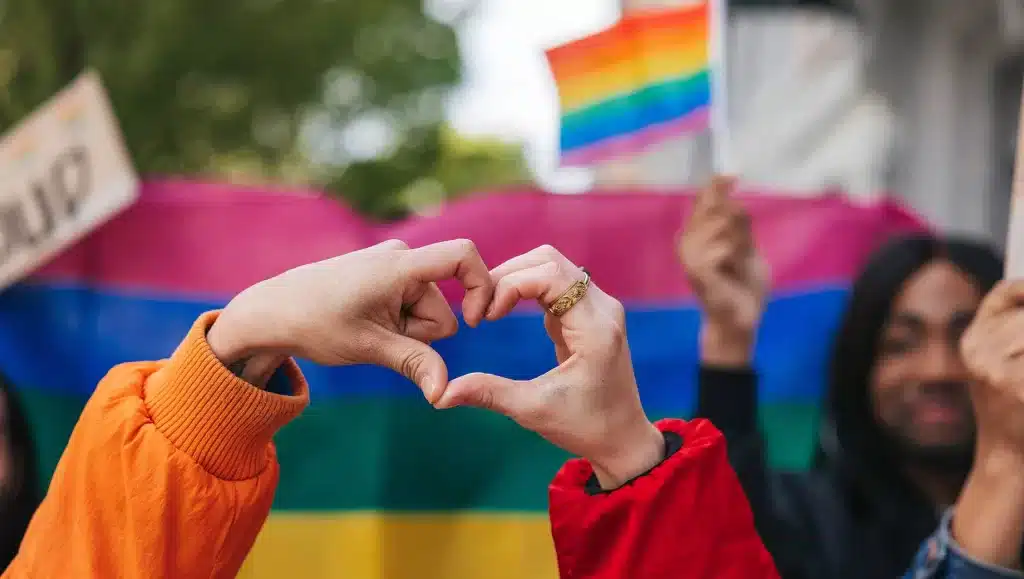Introduction
The phenomenon of increasing LGBTQ+ identification among young people has become a subject of curiosity and inquiry. With statistics showing a significant rise in LGBTQ+ identification among Generation Z compared to previous generations, questions have arisen about the reasons behind this trend. In this article, we delve into the factors contributing to this surge in LGBTQ+ self-identification among young individuals, exploring generational shifts, societal changes, historical context, and the role of the internet.
Generational Shifts and Identity
Defying Conventional Norms: A Gallup poll from 2022 revealed a notable 21% of Generation Z individuals (born between 1997 and 2003) identifying as LGBTQ+, in contrast to 10.5% of millennials, 4.2% of Gen Xers, and 2.6% of baby boomers. This generational variation in identification prompts questions about the underlying reasons, taking into account changing societal attitudes and historical context.
Historical Context: Overcoming Repression
Homophobia and Repression: The historical context plays a pivotal role in understanding these shifts. Older generations, such as baby boomers and Gen Xers, grew up during a time when LGBTQ+ rights were suppressed, and being homosexual was illegal. Their experiences of living through times of repression, violence, and institutionalization shaped their attitudes and willingness to self-identify.
HIV/AIDS Epidemic: The impact of the HIV/AIDS epidemic on the LGBTQ+ community cannot be underestimated. The epidemic disproportionately affected gay men, resulting in a significant loss of lives and leaving a lasting impact on older generations. Homophobia further hindered proper medical response, emphasizing the challenges these generations faced in expressing their identities openly.
The Role of the Internet
Digital Age and Connectivity: One of the most significant differences between Generation Z and previous generations is their coming of age in the digital era. The internet has provided a platform for LGBTQ+ individuals to connect, share experiences, and access information that was previously inaccessible. Online communities have allowed for self-discovery and companionship, creating a safer space for exploration.
Accessibility to Information: The internet has revolutionized the process of self-discovery. Rather than searching for specific terms, young individuals can now explore their feelings and identity more freely, aided by a plethora of content and resources available online. The digital world has facilitated a more open and inclusive dialogue around LGBTQ+ experiences.
Societal Progress and Challenges
Improved Visibility: The increase in LGBTQ+ representation in media, legal recognition of same-sex marriage, and growing acceptance of diverse identities have contributed to a more inclusive environment for younger generations. This visibility has allowed them to feel more comfortable identifying as LGBTQ+.
Ongoing Challenges: While progress has been made, challenges persist. Young LGBTQ+ individuals still face anti-LGBTQ+ legislation, book-banning, and even threats to marriage equality. Civic engagement and political advocacy remain crucial for safeguarding and advancing LGBTQ+ rights.
Conclusion
The rise in LGBTQ+ identification among young people is a complex phenomenon influenced by a combination of factors. It reflects generational shifts, societal progress, and historical contexts that have shaped the way individuals perceive and express their identities. As the LGBTQ+ community continues to evolve and young people embrace their authentic selves, the ongoing struggle for equality and acceptance remains a shared responsibility across generations. Embracing the past while championing a more inclusive future is the key to a world where all individuals can proudly identify and be recognized for who they are.

